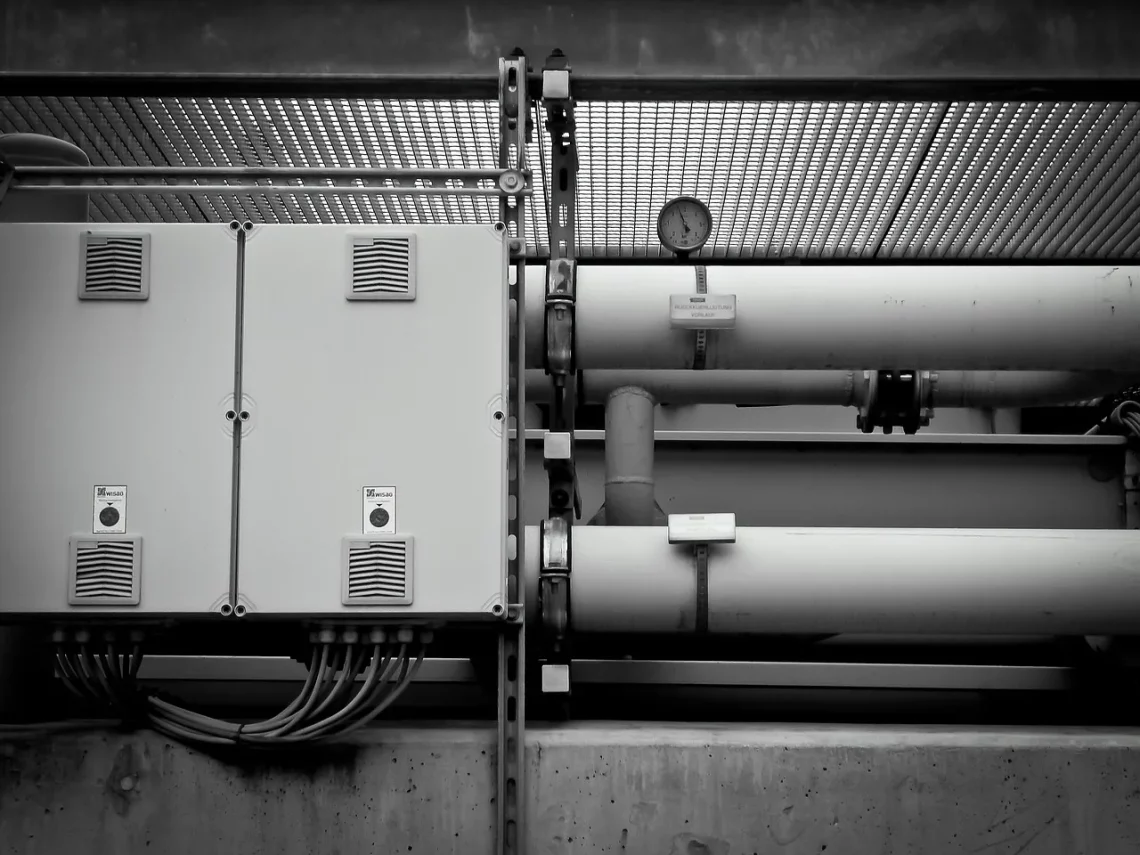
Understanding Chest Tube Air Leakage: Causes and Management Strategies
Chest tubes are medical devices used to manage pleural effusions, pneumothorax, and other thoracic conditions. When placed, these tubes can effectively drain air, fluid, or pus from the pleural space, facilitating better respiratory function and aiding in recovery. However, complications can arise, one of which is air leakage. This phenomenon occurs when air escapes from the pleural cavity into the surrounding tissues or spaces, potentially undermining the therapeutic benefits of the chest tube.
Understanding the mechanisms behind chest tube air leakage is crucial for healthcare professionals as well as patients. Air leakage can lead to significant respiratory distress and may require immediate intervention to prevent further complications. The management of air leaks involves a combination of clinical assessment, appropriate interventions, and continuous monitoring. It is essential to recognize the signs of air leakage early and implement effective management strategies to ensure patient safety and optimal outcomes.
This article delves into the various aspects of chest tube air leakage, including its causes, implications, and management strategies, aiming to provide a comprehensive overview for individuals seeking to understand this complex medical issue.
Common Causes of Chest Tube Air Leakage
Air leakage from a chest tube can occur due to several factors, each varying in severity and implications. One of the most prevalent causes is a malfunction in the chest tube system itself. This may include issues such as improper placement of the tube, which can lead to inadequate drainage and create a route for air to escape. If the tube is not positioned correctly within the pleural space, it may fail to drain effectively, resulting in the accumulation of air.
Another common cause of air leakage is damage to the chest tube. This can occur during insertion or subsequent handling, where kinking or a fracture of the tube may develop. Even minor damage can lead to significant air leaks, as the integrity of the tube is compromised, allowing air to flow into the pleural space.
In addition to mechanical causes, air leakage can also result from physiological factors. For instance, certain lung diseases, such as chronic obstructive pulmonary disease (COPD) or asthma, can predispose patients to air leaks. These conditions may lead to the formation of blebs or bullae on the lung surface, which can rupture during chest tube placement or manipulation, allowing air to escape into the pleural cavity.
Furthermore, post-surgical complications can also contribute to air leakage. Patients who have undergone thoracic surgery may experience air leaks due to surgical trauma or compromised lung tissue. In such cases, the air leak may be temporary or persistent, depending on the healing process and the underlying condition.
Understanding these causes is essential for healthcare professionals to implement preventive measures during chest tube placement and management. Identifying risk factors and potential complications can aid in reducing the incidence of air leakage and improving patient outcomes.
Recognizing the Signs and Symptoms of Air Leakage
Detecting air leakage from a chest tube is critical for prompt intervention and management. The initial signs can often be subtle and may vary depending on the severity of the leak. One of the primary indicators of air leakage is a sudden increase in respiratory distress. Patients may report shortness of breath, increased respiratory rate, or chest pain, which can signal that air is escaping from the pleural space.
A common method to assess for air leakage is by monitoring the water seal chamber of the chest tube system. Intermittent bubbling in this chamber can indicate the presence of an air leak, particularly if it coincides with breathing or coughing. Continuous bubbling, however, may indicate a more significant leak that requires immediate attention.
Physical examination can also reveal signs of air leakage. Palpation of the chest area may demonstrate subcutaneous emphysema, where air has escaped into the surrounding tissues, causing swelling and a characteristic crackling sensation. This finding can be alarming and necessitates further evaluation of the chest tube and surrounding structures.
In addition to physical signs, imaging studies can play a vital role in diagnosing air leakage. Chest X-rays or CT scans can be employed to visualize the pleural space and identify any abnormalities associated with air leakage. These imaging modalities can help determine the extent of the leak and guide appropriate management strategies.
Ultimately, timely recognition of air leakage is essential for effective management. Healthcare providers must remain vigilant in monitoring patients with chest tubes and be prepared to intervene when signs of air leakage are observed. Early intervention can significantly impact patient outcomes and reduce the risk of complications.
Management Strategies for Air Leakage
Effective management of air leakage from a chest tube involves a multifaceted approach tailored to the underlying cause and severity of the leak. Initial steps typically include stabilizing the patient’s respiratory status and ensuring adequate oxygenation. Supplemental oxygen may be administered to alleviate hypoxia and improve overall respiratory function.
If an air leak is confirmed, the healthcare team may assess the chest tube system for any defects or malfunctions. This could involve checking the integrity of the tube, ensuring proper connections, and examining the water seal chamber for signs of bubbling. Adjustments may be made to optimize the system’s performance and minimize air leakage.
In cases where the air leak is significant or persistent, more invasive interventions may be required. This may include repositioning or replacing the chest tube to ensure effective drainage and closure of the leak. In some instances, additional procedures such as pleurodesis, which involves the instillation of a sclerosing agent into the pleural space, may be considered to promote adhesion between the lung and pleura, preventing further air leaks.
Continuous monitoring of the patient’s condition is vital throughout the management process. Regular assessment of respiratory status, chest tube function, and imaging studies can help evaluate the effectiveness of interventions and guide further treatment decisions.
Education for patients and families is also an essential component of managing air leakage. Providing information about potential signs and symptoms of air leakage empowers patients to advocate for their health and seek timely medical assistance if needed.
Ultimately, the management of air leakage from a chest tube requires a collaborative effort among healthcare providers. By implementing appropriate strategies and maintaining open lines of communication, the healthcare team can effectively address air leakage and enhance patient outcomes.
—
*Disclaimer: This article is for informational purposes only and does not constitute medical advice. For any health-related concerns, please consult a qualified healthcare professional.*




